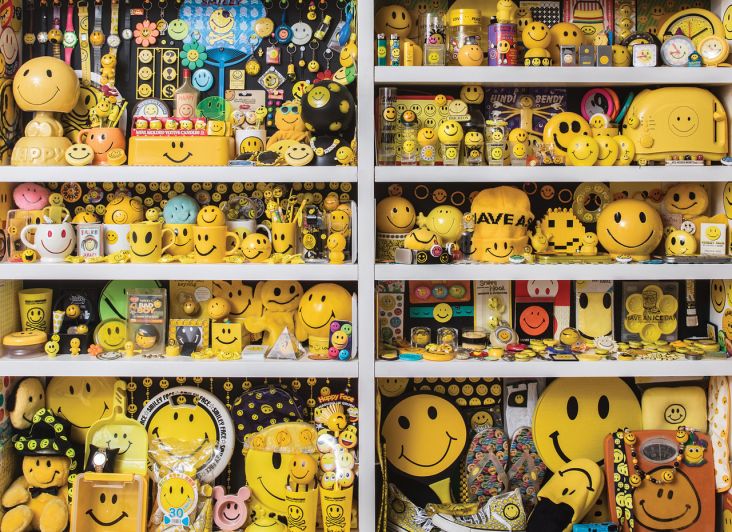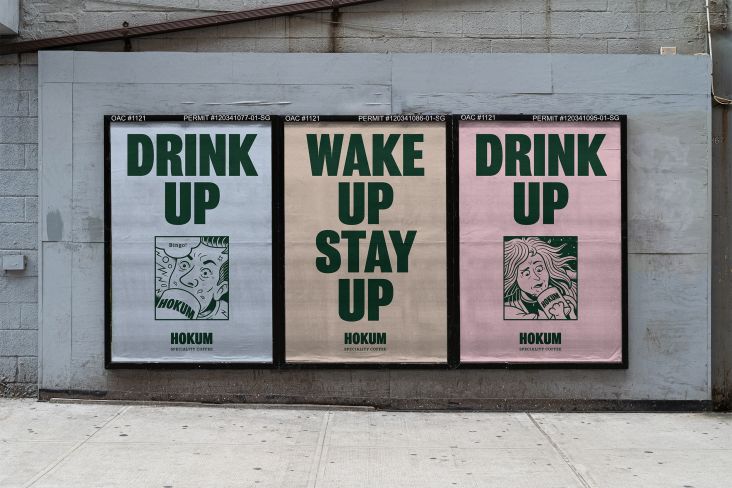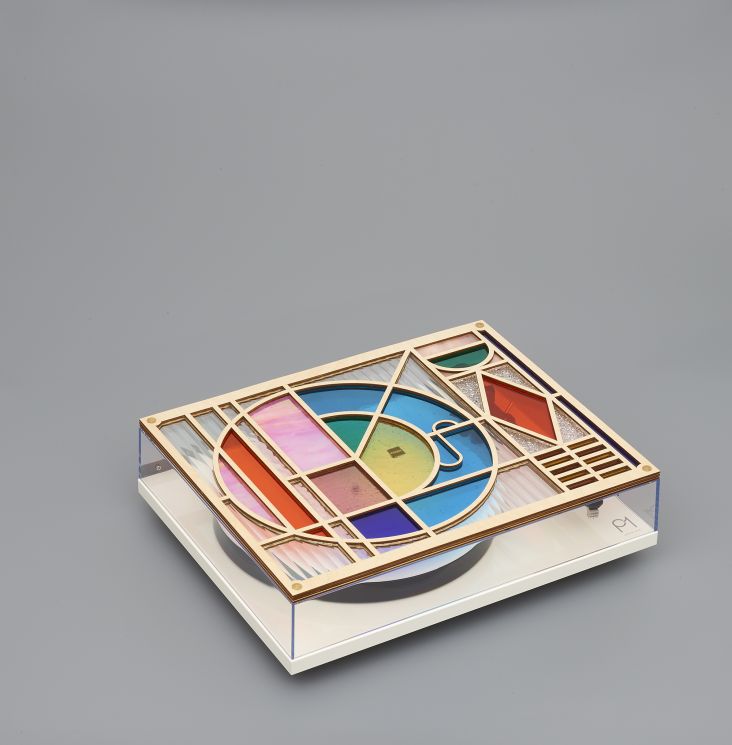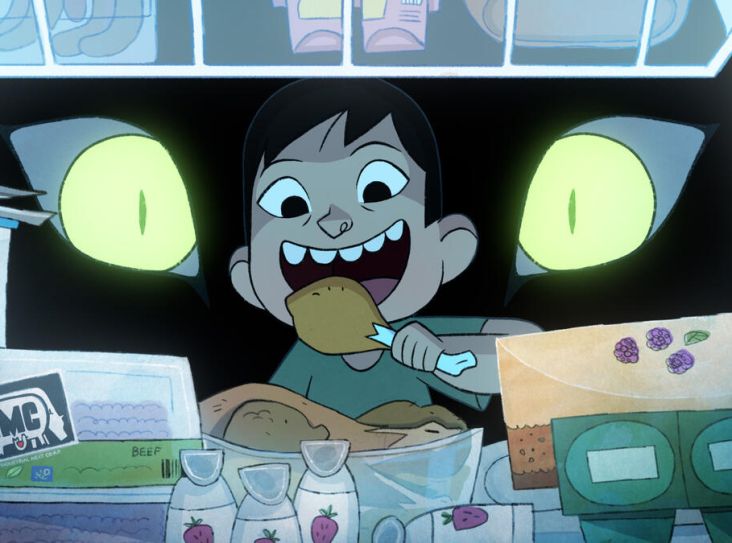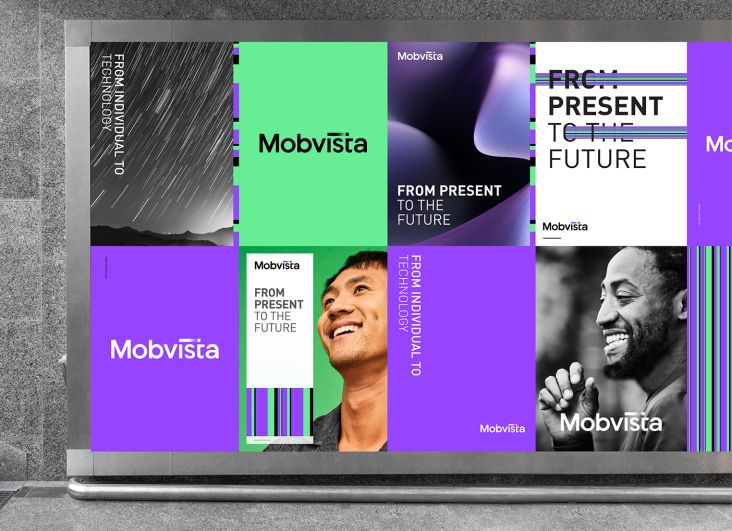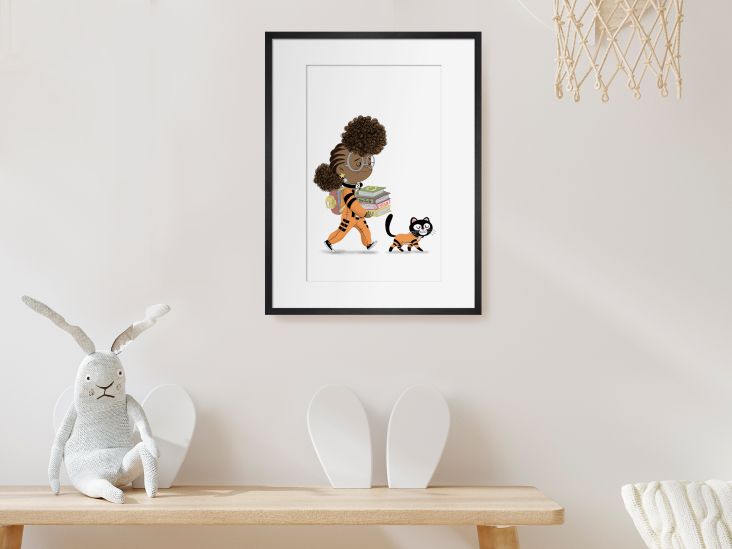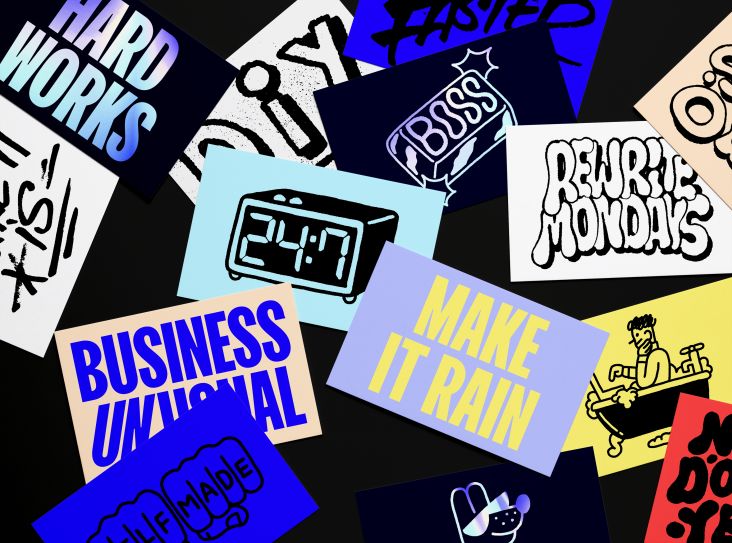Ahead of the US elections, a look at what democracy once looked like
A new exhibition titled This is What Democracy Looked Like at The Cooper Union in New York looks at the history of printed ballots in the US.
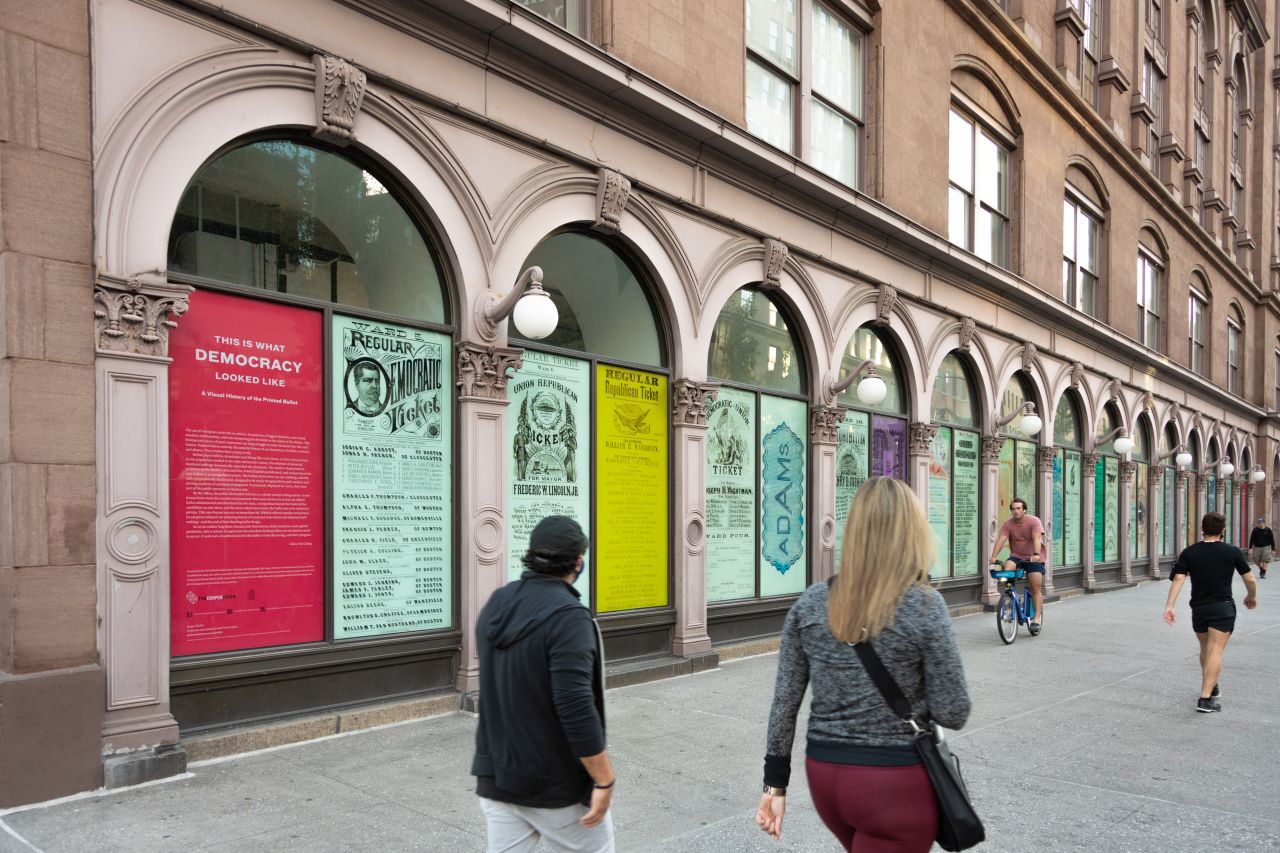
Installation image of This is What Democracy Looked Like. The Cooper Union, 4th Avenue window. Image courtesy of The Cooper Union/Photo by Marget Long
Ballots spanning more than 70 years are being displayed in the colonnade windows of The Cooper Union for the Advancement of Science and Art's historic Foundation Building. These historical election ballots have been described as "fugitive ephemera," since it's a legal requirement in the US for printed ballots to be destroyed. As such, it’s rare for them to survive.
Alexander Tochilovsky, the curator of Cooper Union's Herb Lubalin Study Center of Design and Typography, says, "These artefacts are an incredible reminder of the power of design in our civic process."
The show looks to demonstrate how the design of printed ballots illustrates the process at the heart of US democracy, flaws and all. It features print reproductions of 26 individual ballots from the 19th Century, which are drawn from a book that shares the exhibition's title by curator Alicia Cheng, who's also a founding partner at Brooklyn-based studio MGMT.
"Ballots today may look boring and bureaucratic, but they are the most direct tool of participatory democracy," says Cheng. "The act of voting is a critical part of our civic discourse. From absentee votes to protest write-ins, ballots are a direct way for us to express ourselves as citizens. But historically there weren't any regulations for how a ballot looked or how it was produced. These visual artefacts demonstrate how voting has changed, helping us better understand how our struggle in making an imperfect system that is honest and fair might have evolved."
The ballots showcased in the exhibition hail from a time when America saw a huge increase in its electorate, as well as no shortage of electoral fraud and disenfranchisement. Until the 20th Century, US political parties paid to produce, print, and distribute their own ballots. Voters had to align with a single party. So the designs were forced into being strikingly eye-catching using colourful inks and papers, illustrations and in some cases “blatantly racist and xenophobic slogans,” as the Cooper Union pits it. That was so that party members could easily track which votes were cast, suggesting the rampant voter suppression and intimidation.
In the early 20th Century, ballot designs became more similar to those today when the US introduced a regulated ballot design. However, that’s not without its problems either: issues continue around confusion as to what and where to mark the paper.
The exhibition runs until 7 November 2020 on the Cooper Union Foundation Building's Fourth Avenue side.
All ballot images courtesy of American Antiquarian Society; The Huntington Library, San Marino, California; California Historical Society; and Rare Books Division, The New York Public Library
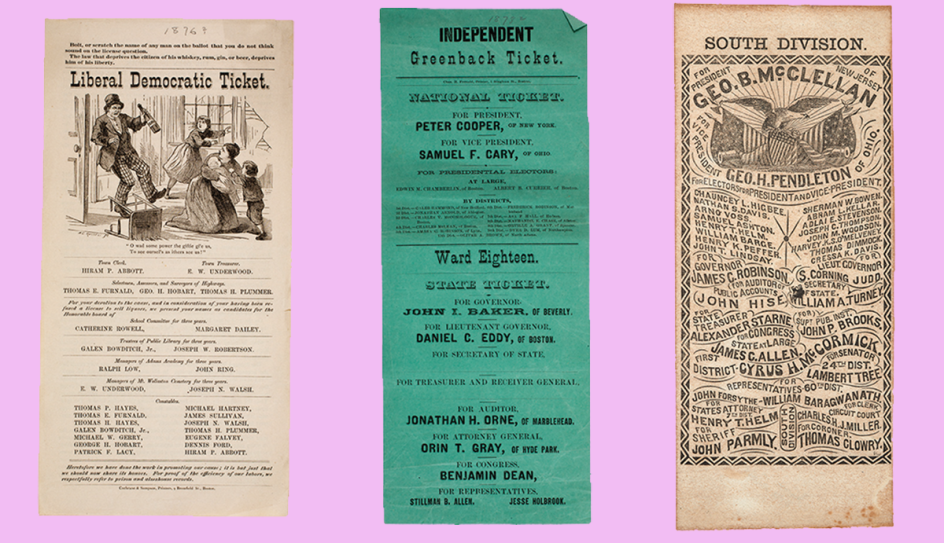
L-R: Temperance ticket ballots, Greenback ballots, South Division ballots
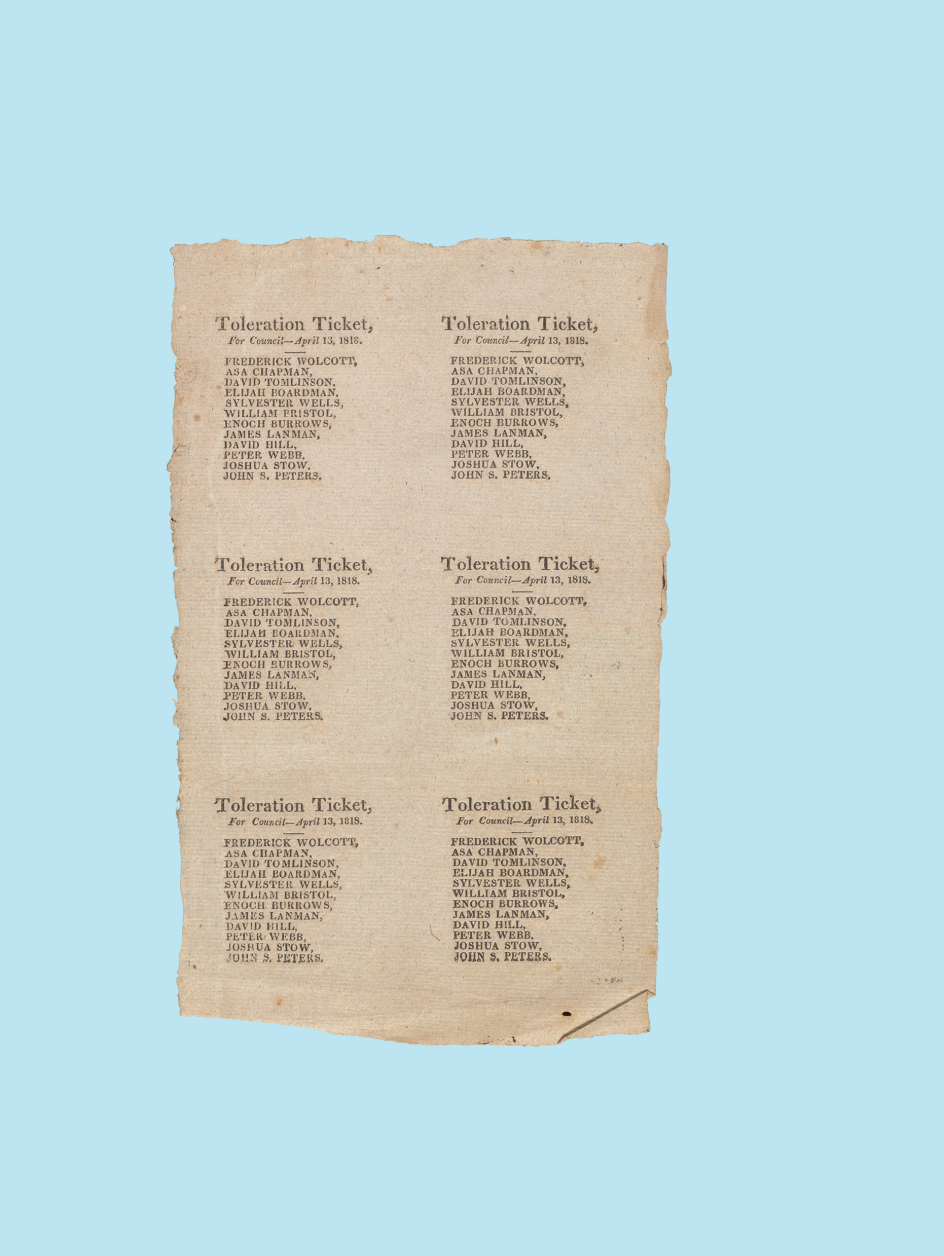
Toleration Ticket, Connecticut, 1818. This early ballot has the party list printed multiple times on one sheet to save paper. The individual tickets would have been trimmed and distributed to voters.
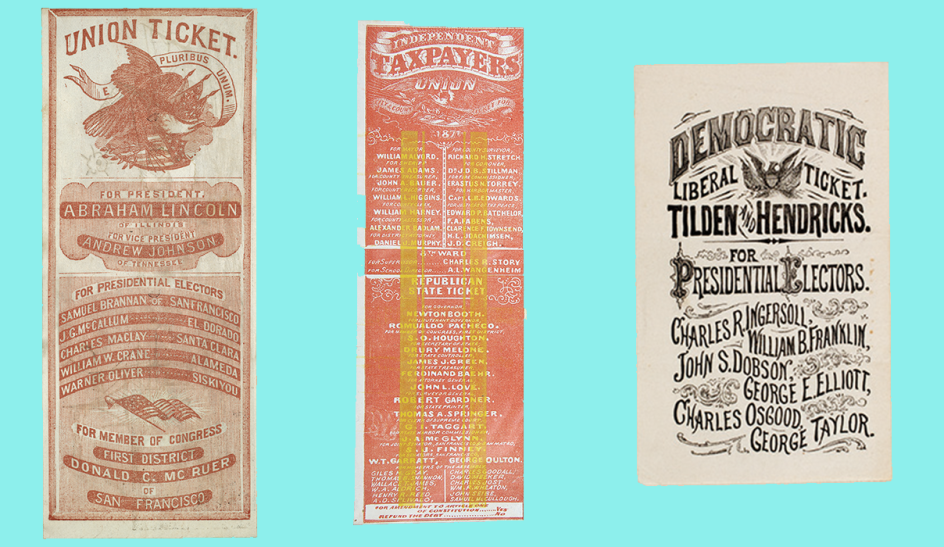
L-R:Union Ticket Ballot, Independent Taxpayers Union ballots, Democratic Liberal ballots
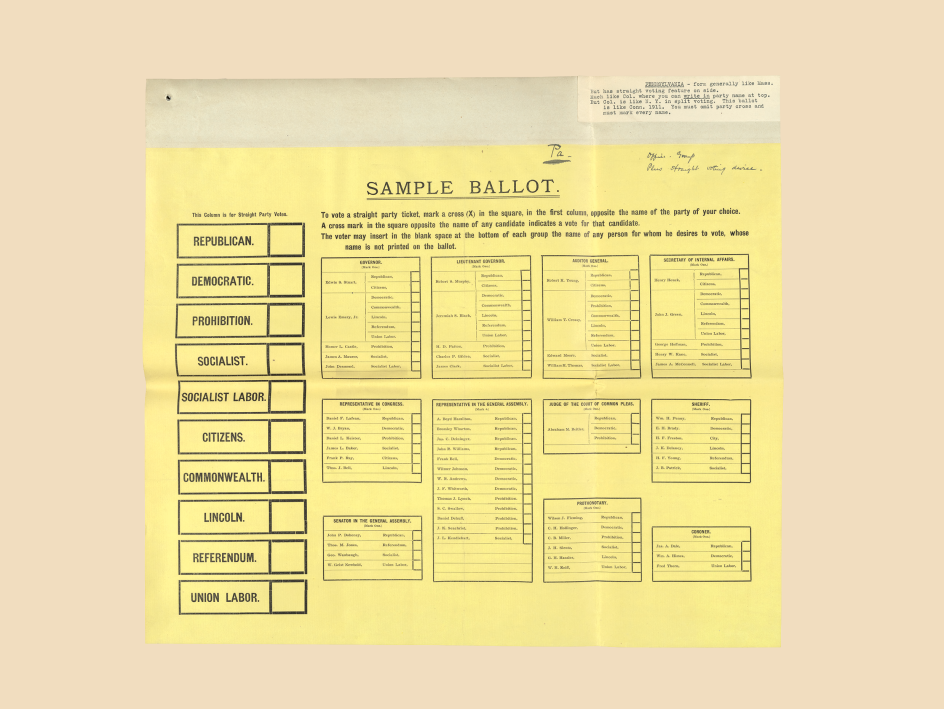
Early Federal ballots: Americans made modifications to the Australian format by adding columns that allowed voters to choose a straight party ticket. This 1906 ballot from Pennsylvania shows names grouped by office with a straight party option.
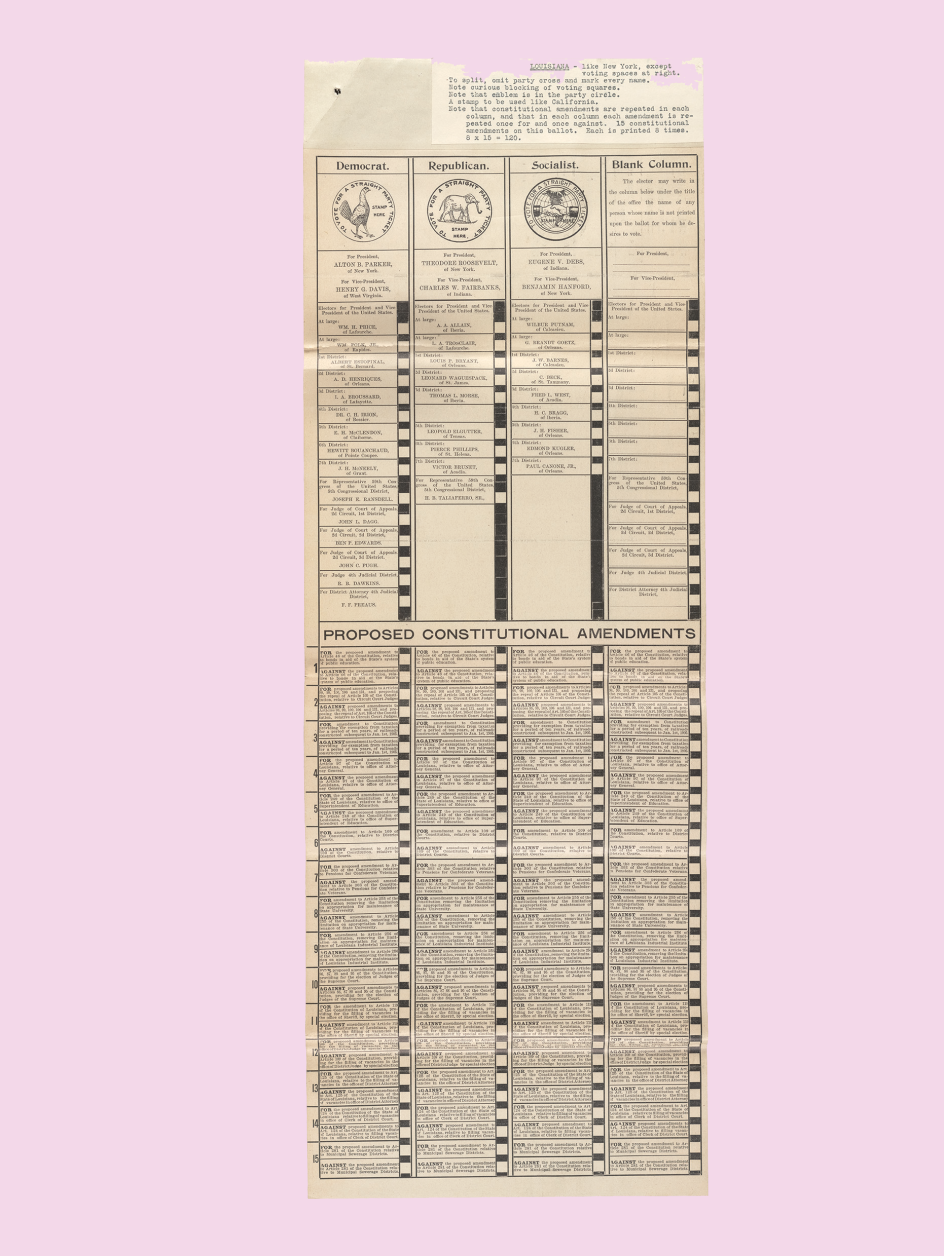
Louisina ballots: Louisiana, 1904, with a densely typeset list of proposed amendments below the candidates’ names.




 by Tüpokompanii](https://www.creativeboom.com/upload/articles/58/58684538770fb5b428dc1882f7a732f153500153_732.jpg)


 using <a href="https://www.ohnotype.co/fonts/obviously" target="_blank">Obviously</a> by Oh No Type Co., Art Director, Brand & Creative—Spotify](https://www.creativeboom.com/upload/articles/6e/6ed31eddc26fa563f213fc76d6993dab9231ffe4_732.jpg)








